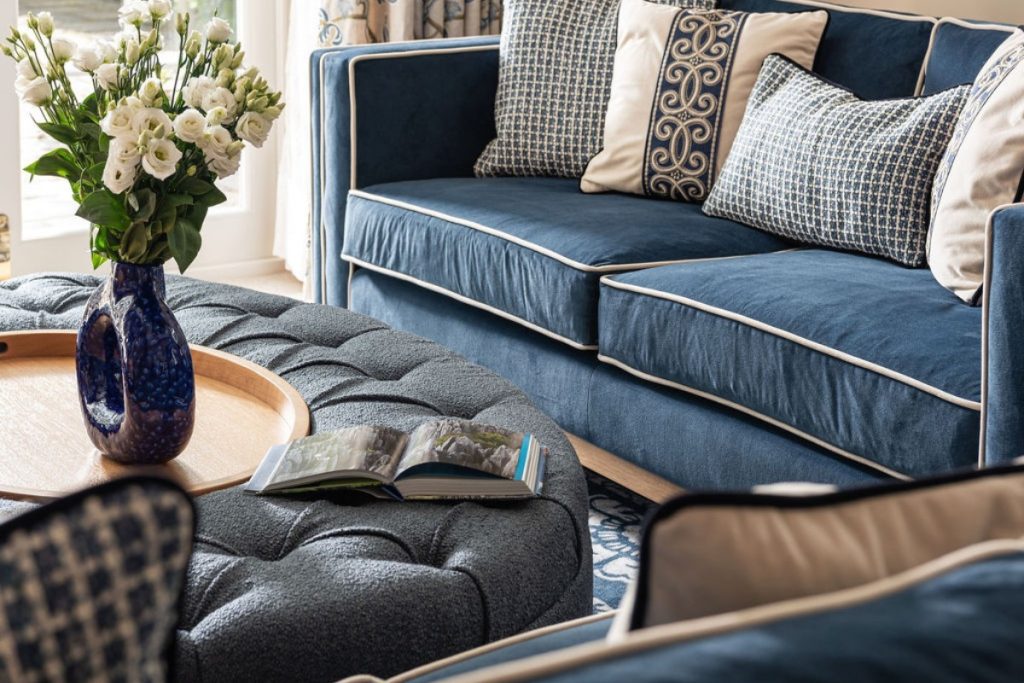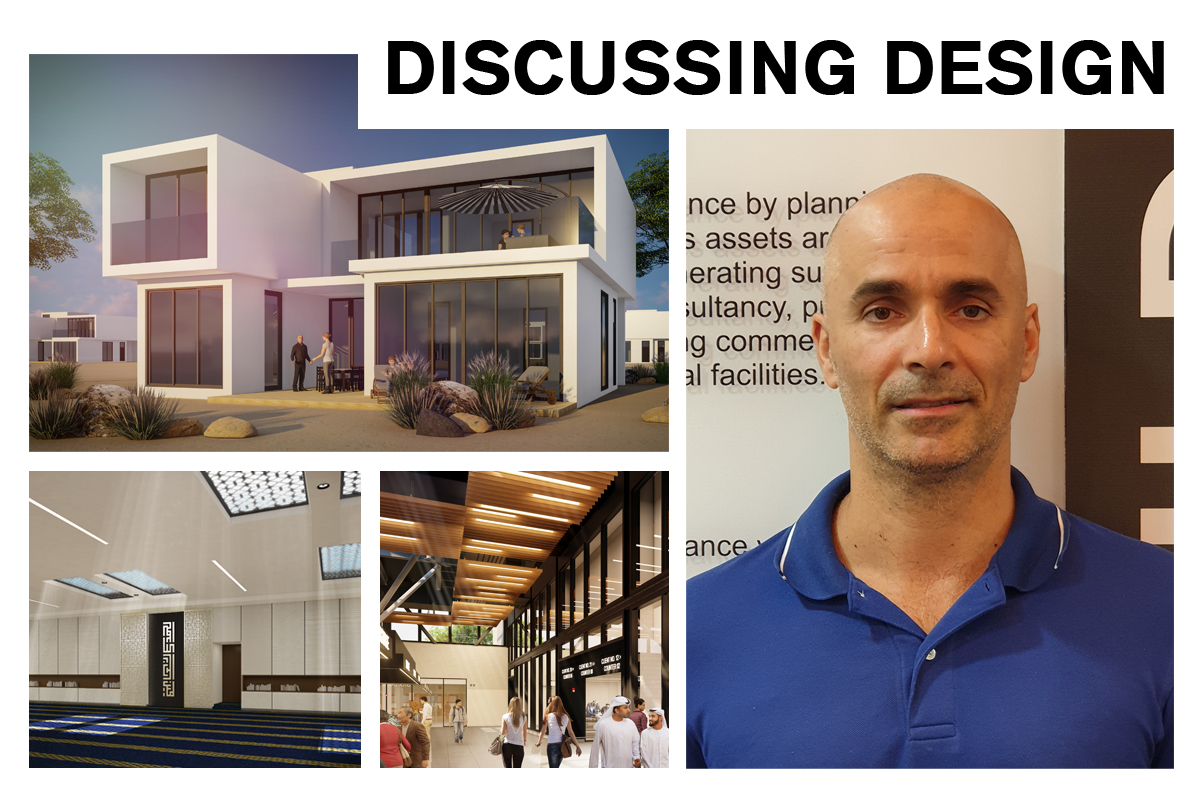 14th May 2020 | IN EXPERT INSIGHT | BY SBID
14th May 2020 | IN EXPERT INSIGHT | BY SBIDMeet Can Tufekcioglu
principal interior designer, Arcadis
Can worked for 15 years in Istanbul before moving to Dubai as principal interior designer for Arcadis. He has been involved in a wide range of multidisciplinary projects ranging from healthcare and offices to residential and educational. He is primarily focused on the technical aspects of the projects; however, his personal preference is for space planning and design.
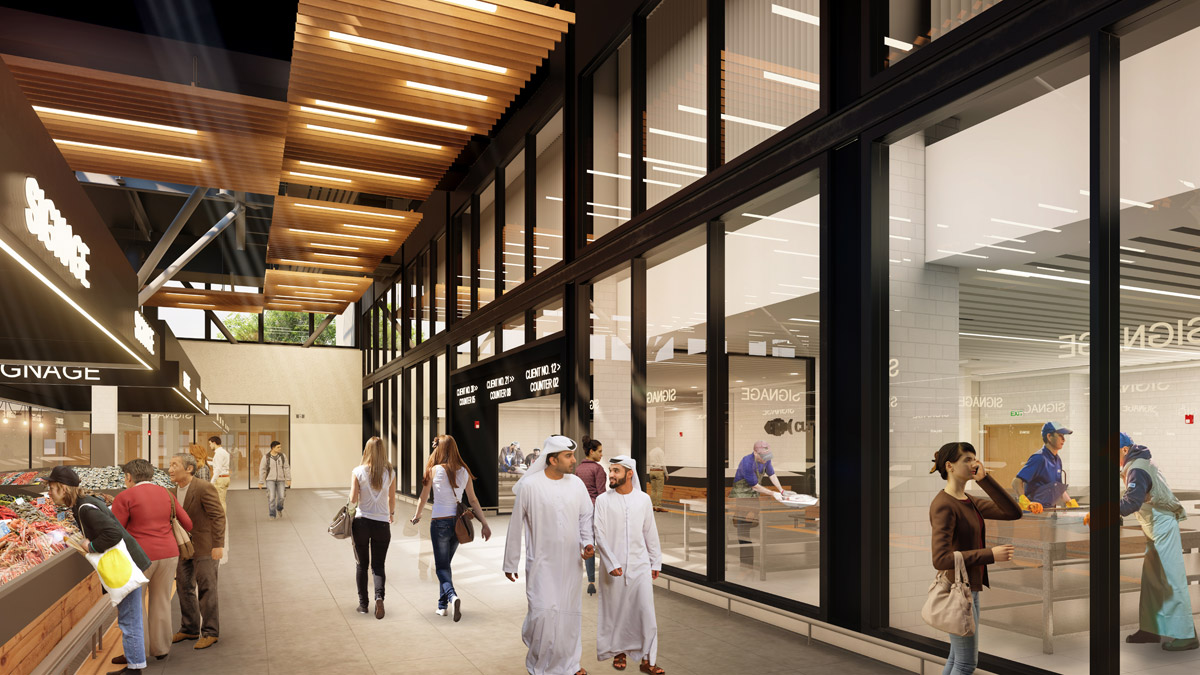
Fish Market Abu Dhabi / Arcadis
How do interior design practices and tastes differ between Istanbul and Dubai?
I went through a phase of being a super minimalist, that was the style of the practice I worked with a long time ago when I’d just graduated from school in Turkey. And then I came here to Dubai and worked on projects with lots of ornamentation. However, tastes have developed so that modernism now infuses elements inspired by their traditional backgrounds. I love that, because it has character as opposed to what you might envisage as a minimal space in the Western world. Here, it’s very different because it has an Arabic touch. In Turkey, modernism was closer to the Western style with neutral colours. But here, it has a touch of local taste, which is great.

Red Sea Project Coastal Village / Arcadis
Methodologies are definitely different, too, plus it depends whether it’s a small practice of one-to-ten people versus a proper consultancy firm with multi-city locations. They’re worlds apart. If the company is small and it’s a one or two-person job, you just do everything pre- and post-contract yourself without the need to produce much documentation. Everything is in your head. That’s how it is where I come from. Projects don’t need to be that documented or regimented. You can just get away with things, but that also stings you when it’s time for payment, because people take advantage of undocumented services.
Whereas in this part of the world, in the West, or in bigger practices, everything is very documented, regimented, there are milestones and a proper contract. You can’t break it, and if you do, there are implications. I’ve adapted to this system, which I like a lot, because people must bear the consequences of what they say they will do. If you don’t deliver or if you’re not paid for something, there are consequences. I haven’t been to Turkey in 14 years, but from what I hear, things are slowly moving in this direction.

Mirdiff City Center Prayer Rooms – Arcadis
How do your designs support local communities?
I’ve worked on projects in India, Africa, Turkey, and the Middle East, and my role has always been to use design to improve people’s lives. When a designer is involved, the whole idea is to create a better, more comfortable, and functional space. I can’t imagine that anything produced by the design community would be unwelcome unless it was offensive to people’s beliefs or religion. For instance, I worked on the Adobe campus of New York University in Abu Dhabi, which was very welcome because it brought an international approach to education. Another example is the Fish Market in Abu Dhabi, which upgraded the ancient method of displaying fish by arranging it on top of ice dumped onto the floor. We brought the market up to speed in terms of hygiene whilst maintaining their culture and perception of architecture and interiors based on their historical background. We’re currently working on housing for the people who will construct a massive new development in Saudi Arabia, the Red Sea Coastal Village with lower, mid, and high-scale villas and townhouses. Once construction is complete, this accommodation will be converted into housing for the people working in the village.
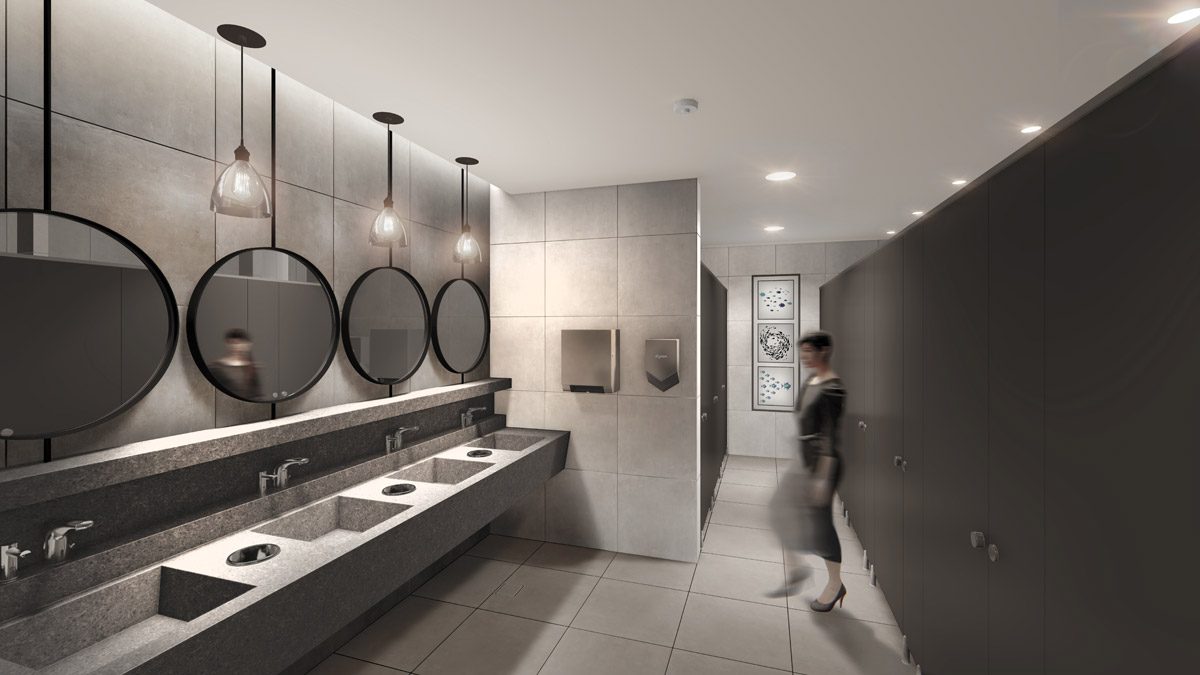
Fish Market Abu Dhabi / Arcadis
What changes have your clients been asking for in your recent projects: layouts, materials, palettes, etc…?
Arcadis is a consultancy that implements other people’s initial concepts. Sometimes it’s because they don’t have the ability to build a project in another country, so we take on the role of architect of record and develop it towards the construction phase. However, there are also bits of a project we start from scratch. I’ve worked in both capacities throughout my career and see both sides of the process.
The trend is for projects with more natural and subdued palettes as a result of ecological awareness. There’s also a tendency for using different metals such as bronze that become all the rage, but you know, things come and go. I suggest designers take a more holistic, natural approach. There’s also a movement towards open-plan living areas. The bigger the space, the better.
This happens a lot when you have people running a project and making decisions on behalf of other people. But then at last the call goes to the big cheese, who has not necessarily been involved every little step of the way. Suddenly the decision-maker feels something has moved too far away from the initial intent or isn’t what they’d had in mind, and late-stage changes must be made, which is painful as a project consultant. But then of course, there are also changes as far as how space, colours and materials are being used..
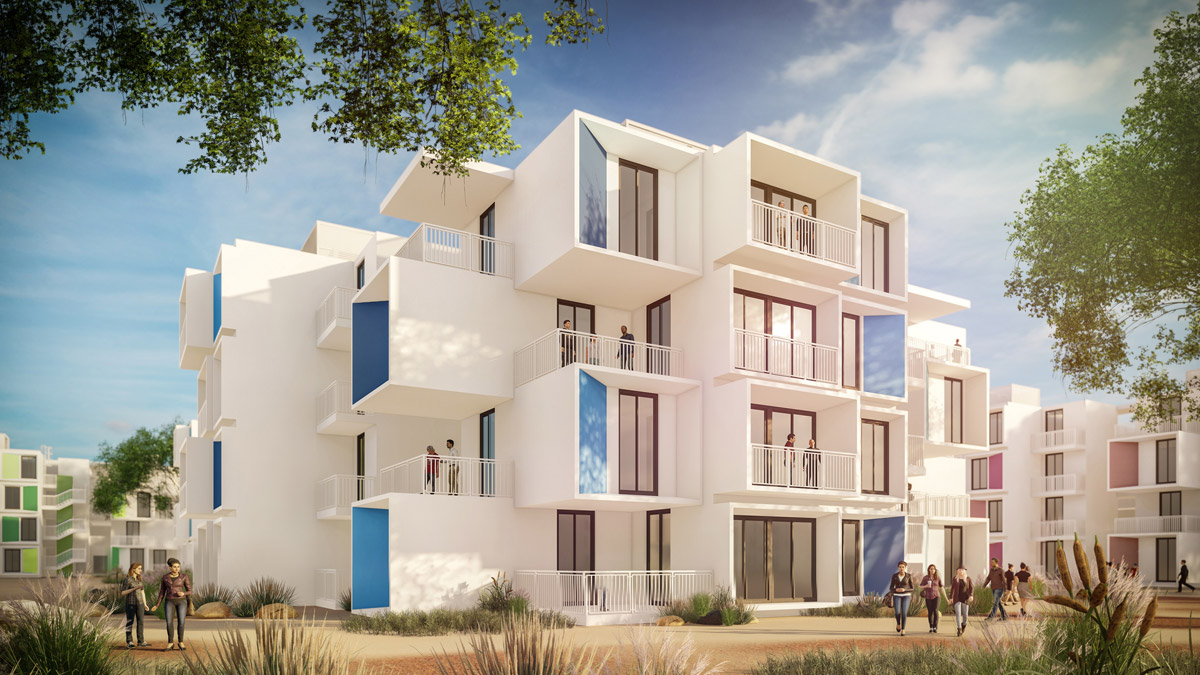
Red Sea Project Coastal Village / Arcadis
How do you anticipate artificial intelligence will affect architecture and interior design practices?
I hope it will be a positive leap, but I don’t see it at happening very soon, at least in my part of the world. Everyone wants to design buildings in a BIM environment, but artificial intelligence is usually better for calculation-based things engineers work on that don’t involve personal choice about whether should be black or blue, marble versus rubber flooring, or whatever the preference might be. I can’t see this being used much in interior design at the moment. If somehow it is, I’d be delighted because it takes so much off your plate.
Can is one of the prestigious experts invited to join the extraordinary jury for the SBID Product Design Awards, alongside other renowned professionals across industrial and interior design, brand development, architecture, educational research and forward-thinking enterprise.
Click here to view the full judging panel.
The SBID Product Design Awards 2020 entry deadline has been extended!
To find out more about entering, visit www.sbidproductdesignawards.com

